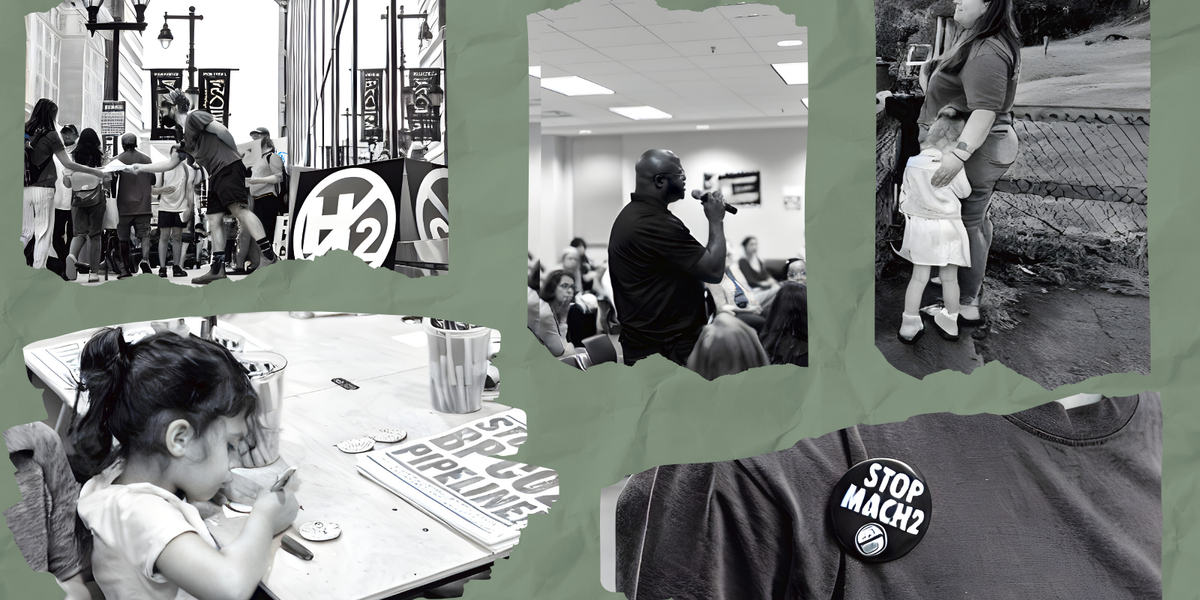hogs
Could this mobile, solar-powered livestock barn reshape the Corn Belt?
Scaling up: 4 ways hog farms changed since the 1990s
The pork industry shifted dramatically over the past three decades. A USDA report tracks how the industry moved away from small operations to CAFOs, production contracts and specialization.
Feral hog invasions leave coastal marshes less resilient to climate change
Rural Missouri residents fight planned CAFO for 10,000 hogs
Closure of Smithfield and other plants forces South Dakota pork producers to consider desperate measures
The closure of major pork processing plants across the U.S. has state officials and pork producers in South Dakota planning for the worst — the potential euthanization of thousands of hogs that cannot be sold.
3.4 million chicken and turkeys, 5,550 hogs killed from Florence flooding
Bringing the “farm” back to hog farming
A look at the economics and scalability of raising hogs outside—and the characters doing it
RALEIGH, N.C.—Dan Moore's farm marks an abrupt exit from the fringes of suburbia: cookie cooker homes give way as a rolling road weaves you through a dense canopy of deciduous trees.
It would be easy to miss the driveway but for a small sign of a cartoon cow with a sword, the logo for the family farm dubbed, of course, Ninja Cow.
Moore's family has deep roots in North Carolina. His relatives have farmed here for more than a century.
"I tried to leave like most farm kids but got pulled back," Moore tells me on a mid-80s day in April, right before his busy season. The 84-acre Ninja Cow Farm (named after a difficult and elusive cow from years past) is just 20 minutes south of downtown Raleigh. Approaching the farm, you see the hallmarks of encroaching sprawl—manicured lawns, fastidious landscaping, subdivisions. Moore's plot of Earth is wild, well protected, covered by trees—with the hallmarks of people and animals at work.
The farm is half pasture, half wooded. Moore's hogs roam and root among the trees. They squeal, nudge one another, burrow in mud and eat from piles of would-be-wasted Raleigh Farmer's Market produce.
Moore, sporting a flat-brimmed straw farmers hat, dark shades, khaki shorts, sandals and an orange shirt with the Ninja Cow logo, leads me to a 4x4 Gator vehicle for a tour.
His slight drawl, pork business ties and family roots make him pure North Carolina. But his unorthodox, stench-free farm of free-range pigs and cows is an anomalous outlier in a state—and country—where most hogs are raised in buildings, confined by metal cages and subject neighbors to overwhelming smells and polluted waterways.
Economists and researchers say the market is stacked against farmers like Moore. Outdoor hog production has a place, but it's "clearly a niche," says John McGlone of Texas Tech University, who has been researching different techniques of hog raising for years.
His answer on the future is not nuanced: "It's indoors." The reasons are simple: More control, more consistency, lower costs.
However, meat eaters are increasingly looking for local, humane, environmentally friendly pork. Ninja Cow isn't technically a "pasture farm" since the hogs are feeding on produce from the farmer's market and roaming the woods. But it's unquestionably a farm: And that lies at the heart of a move toward raising hogs outside—both from the farmer's and consumer's point of view.
Advocates of outdoor hog raising say the industry model is simply hiding costs in excess pollution, government subsidies and lax regulation.
"Commodity pork is not the true cost of food," says Ross Duffield, farm manager with the Rodale Institute, a Pennsylvania-based research institute advocating for organic farming. "We need to get back in touch with farmers, and farmers need to let consumers know hog pork is raised."


















